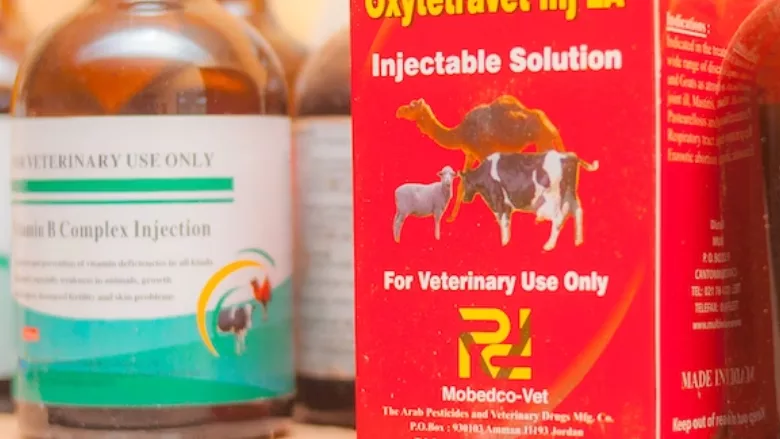FAO Calls for “Bold Action Today” to Mitigate Foodborne AMR, Highlights Economic Burden and Possible Courses of Action

Image credit: Selasie Apeadu via Unsplash
Antimicrobial resistance (AMR) is a pressing threat to global public health, to which the agrifood sector contributes through the use of antibiotics for treatment of and growth promotion in food-producing animals. To highlight the economic burden of the emergence and transmission of antimicrobial-resistant foodborne pathogens, the Food and Agriculture Organization of the United Nations (FAO) recently released a publication on the topic.
Foodborne antimicrobial resistance increases costs of both health care and food production. FAO described the worldwide decline in efficacy of antimicrobials as a “tragedy of the commons,” because, although the use of antibiotics may benefit an individual, it can also cause negative impacts on society as a whole. Such societal consequences include higher public and private health costs associated with difficult-to-treat AMR infections, as well as the presence of potentially harmful levels of antibiotic residues in food. FAO also emphasized that the social costs associated with AMR are not fully reflected in the price paid for antimicrobials or food.
The frequency and duration of illness caused by foodborne AMR increases the economic burden on public health through productivity losses and premature deaths. According to FAO, the estimated economic value of each premature death caused by non-Typhoidal Salmonella (NTS) is $10 million USD. Over 5,000 people worldwide lose their lives due to antimicrobial-resistant NTS infections every year, which equated to a burden of $50 billion USD in 2019. Considering that Salmonella is one of over 30 different pathogens causing antimicrobial-resistant foodborne diseases, the economic burden of foodborne AMR is substantial.
Additionally, the World Bank has projected losses in worldwide GDP through 2025 in low- and high-impact scenarios, ranging 1.1–3.8 percent, disproportionately affecting countries with lower per-capita incomes. The World Bank also estimates that economic losses to agriculture and trade could result in a 7.5 percent decrease in the value of global livestock production and a decrease of 3.8 percent in global exports by 2050.
FAO’s publication highlights the need for effective policies for mitigating foodborne AMR and suggests options countries can consider to address the issue. Specifically, the publication urges national governments to develop and promote policies that:
- Minimize and control AMR in agrifood systems, such as by implementing Codex Alimentarius guidelines and other relevant international standards and stewardship
- Strengthen food control systems to prevent the transmission of foodborne pathogens, including those that are antimicrobial-resistant
- Ensure food producers that adopt antimicrobial use stewardship practices are championed and not economically disadvantaged
- Collect, analyze, and share data on AMR in food products as part of an integrated surveillance system, considering food, environmental, animal, and human variables.
Overall, AMR is a threat to healthy and sustainable food systems, future economic growth, and global public health. FAO calls for bold action to prevent serious consequences associated with the spread of AMR.
Looking for quick answers on food safety topics?
Try Ask FSM, our new smart AI search tool.
Ask FSM →








